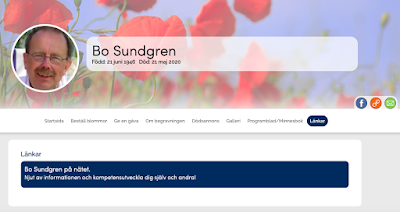
Till minnet av Bo Sundgren: Fonus minnessida för Bo Sundgen


 |
The skills required to tap Big Data include statistics, mathematics, computer science and engineering. Shutterstock.com
According to analyst firm vpnMentor, Big Data is at the portion of the hype cycle called the “peak of inflated expectations”.
The business world is awash with all sorts of claims about the magic of Big Data and how it will transform industries by increasing productivity and profits and opening up opportunities that nobody even knew existed.
But this will only happen if companies are able to hire enough people who actually understand what Big Data is, how to collect it, and preserve it. Computing and analytical skills are also required to get Big Data to reveal its hidden secrets and visualise it in novel ways. And there unfortunately, is the rub. There are just not enough data scientists, people with the required skills to satisfy this unmet demand.
The shortfall in Big Data experts is set to rise and in the UK alone, one digital industries employer body has predicted there will be a need for 69,000 of these experts in the next five years. This claim is not original. Back in 2011, McKinsey & Co was claiming a US shortfall in Big Data experts of 140,000 - 190,000 by 2018.
The shortfall in Big Data experts is being manifested in a number of ways. The first and most obvious is through recruiters casting an ever-widening net in their search for appropriate talent.
There is some agreement that Big Data analysis and data visualisation requires skills in computing as well as statistics and mathematics. This has meant that university graduates with statistics, computer science and engineering have been the main source of potential employees. --------
|
|
|
|